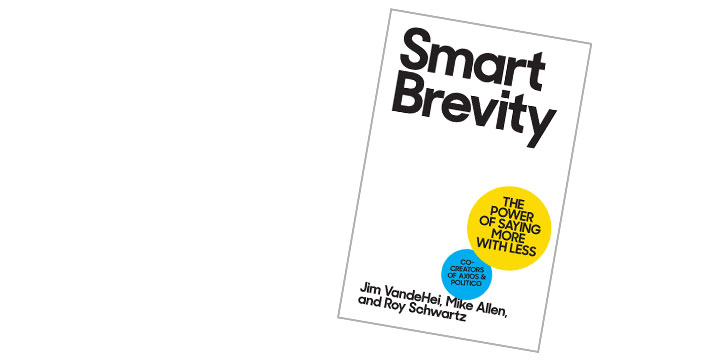Review By: Naseem Bibi
The book “Smart Brevity” is written by Jim VandeHei, Mike Allen, & Roy Schwartz. It is a book on effective communication, which is necessary in every field, whether for students, teachers, or professionals.
In this digitalized world, where access to information is instantaneous, people aimlessly consume vast amounts of data on their phones, often without adequate time to retain it. Meanwhile, traditional media continues to waste thousands of words in book publications. To address this problem, the media must prioritize brevity in their content.
Brevity is a key communication tool, helping you stand out in a crowd. Nowadays, people lack the time to focus on lengthy content, so being concise in communication enables readers to listen and remember. Brevity doesn’t mean oversimplification; it means being clear and concise in your communication, conveying one idea.
The following four key elements are discussed to achieve brevity in communication:
The Tease: No matter how excellent the content is, if the opening or heading isn’t captivating, the reader won’t engage with it. Therefore, the opening must grab the reader’s attention and focus, using no more than ten words and simple vocabulary.
Lede: Once you have a compelling tease, the second important element is to write a clear and concise opening sentence that conveys the central idea of your communication. The lede must be informative and directly linked to the core point of the writing, which can then be expanded and supported further.
Context: Following the informative lede, provide context to explain the importance of the lede, making your writing captivating. Don’t assume that the reader knows anything about the topic already. The context should convey new information compared to the lede, focusing on why it matters to your reader.
Go Deeper: The final element is delving into details on the topic. It’s up to your reader to explore more after reading the context of the paragraph. However, don’t forget brevity; keep the paragraph to three to four sentences. You can include bold phrases, bullets, and charts to grab the reader’s attention rather than confining your paragraph to plain long text.



